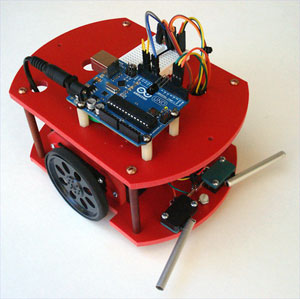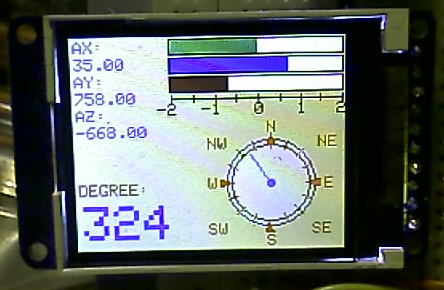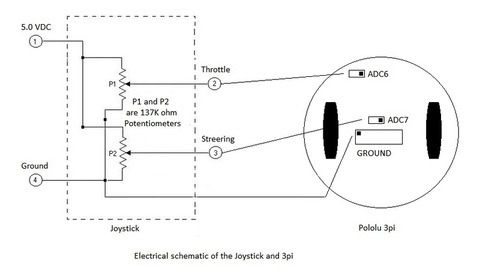Pololu Blog »
Pololu Blog (Page 87)
Welcome to the Pololu Blog, where we provide updates about what we and our customers are doing and thinking about. This blog used to be Pololu president Jan Malášek’s Engage Your Brain blog; you can view just those posts here.
Popular tags: community projects new products raspberry pi arduino more…
DIY fully-automatic book scanner
This do-it-yourself fully-automatic book scanner uses a Maestro servo controller to control the page-turning, and picture-taking servos. It was able to scan 468-page book in about 12 minutes with zero page-turning errors. For more information, see the DIY Book Scanner forum thread.
Featured link: http://www.youtube.com/watch?v=
Popular Mechanics Build Your First Robot
 |
Gordon McComb has published a project in Popular Mechanics called Build Your First Robot. The parts that Pololu offers are in this wish list, and more details are available on Gordon’s site.
Display for compass and accelerometer readings
 |
This forum post shows how to use a Baby Orangutan to read the accelerometer and compass values from an LSM303DLH and display them nicely on a 1.8" TFT LCD display. January 2012.
Controlling the Pololu 3pi Robot using a Joystick
This project by Pololu forum user Wilfredo shows how to control a 3pi robot by directly connecting two joystick outputs to two of its analog inputs. Here is a schematic of his setup:
 |
Schematic for controlling a Pololu 3pi robot using a joystick. |
|---|
Pololu round robot chassis kit assembly videos
This tutorial posted by Lonnie Honeycutt shows how to assemble a Pololu Chassis Completion Kit for RRC01A and a Pololu RRC01A robot chassis. The video playlist above show the assembly in detail.
Disco Dance Floor with Lights
This disco dance floor with ShiftBrite RGB lights is controlled by a Micro Maestro 6-Channel USB Servo Controller.
Dead Things Vlog 3-axis witch head
Pat from the Dead Things Vlog recently released this two-part video about programming the Micro Maestro 6-Channel USB Servo Controller to control a 3-axis witch head.
Paper Robots
Mike Estee has written up a three-part blog post about crafting hexapod chassis out of paper. The robots are controlled by 18-channel Maestro servo controllers.
Android-controlled Mini Sumo Robot
Pololu forum user Mert Öztoprak posted this parts list and the short video above of a Android-controlled mini sumo robot called “Karafatma”.
Remote Controlled Arduino Robot using Wixel Transceivers
This Instructable by TECHbitar shows how to build a robot controlled wirelessly via a pair of Wixels.
New Products
Same-day shipping, worldwide

|
US toll free: 1-877-7-POLOLU ~
(702) 262-6648 |
|||||||||||||||
| Catalog | Forum | Blog | Support | Ordering | Distributors | About | Contact | |||||||||
|---|---|---|---|---|---|---|---|---|---|---|---|---|---|---|---|---|


























